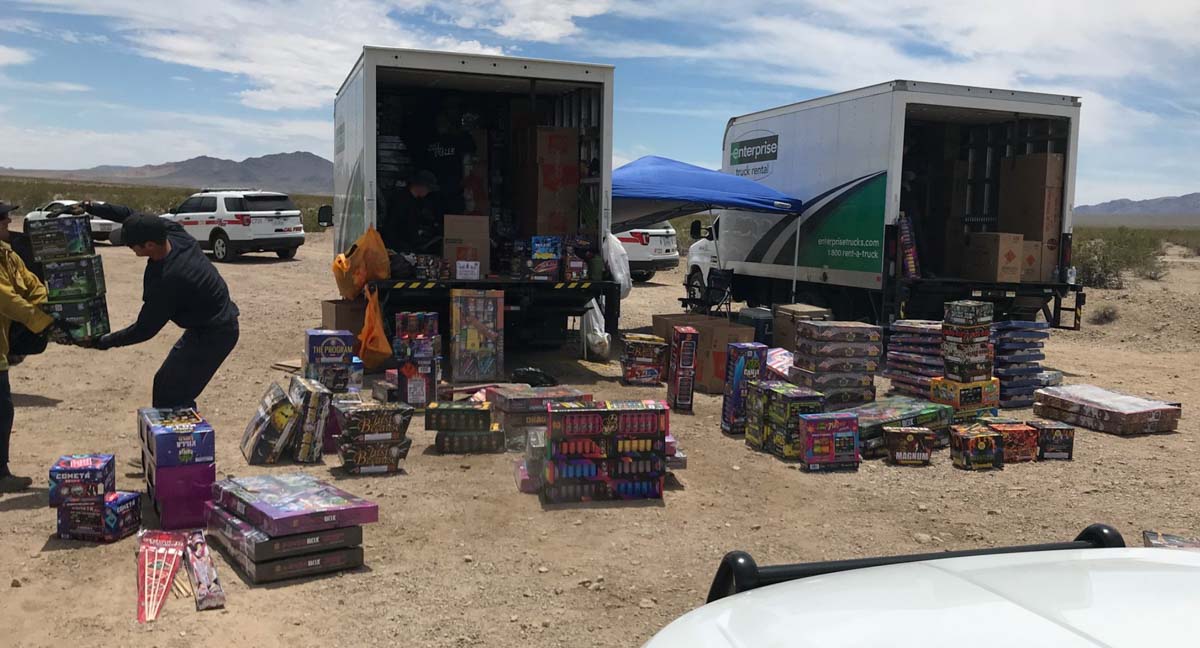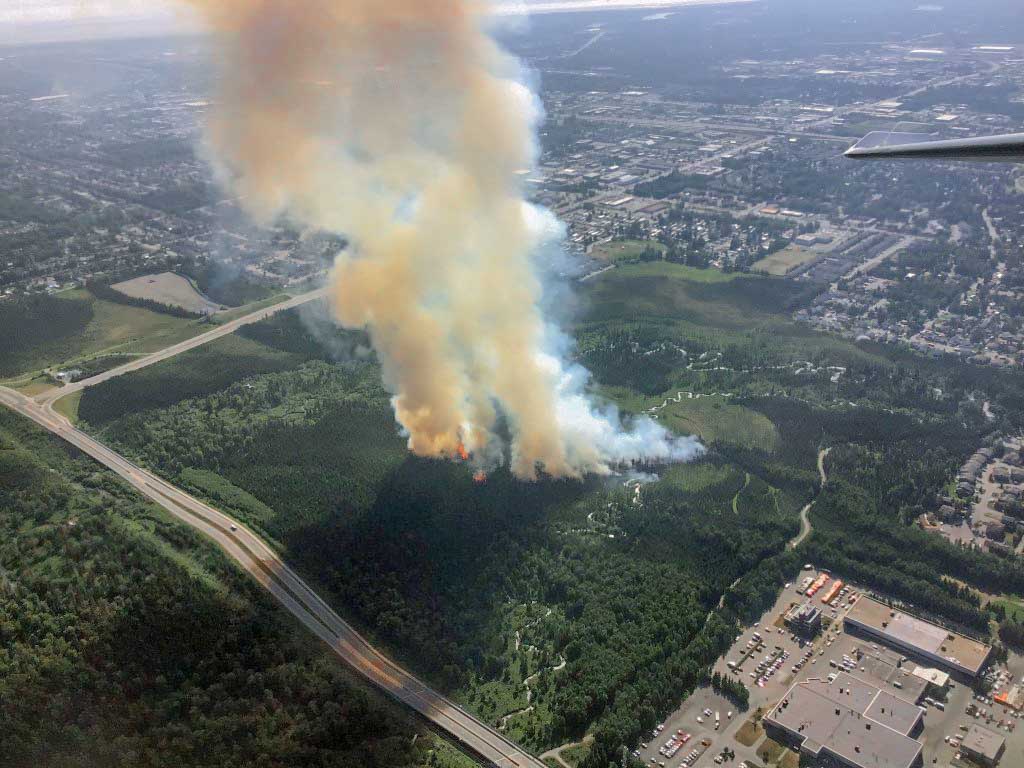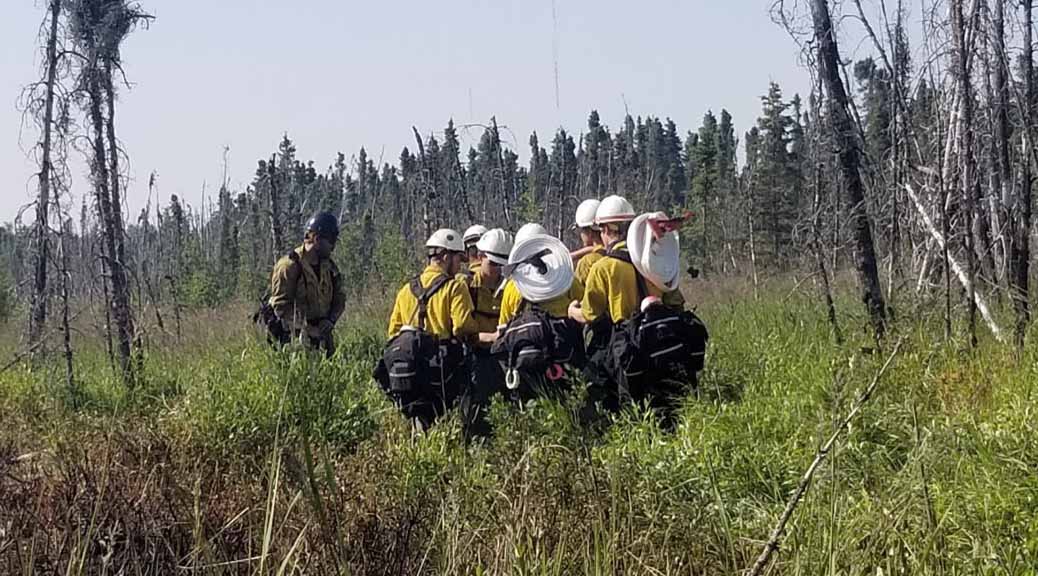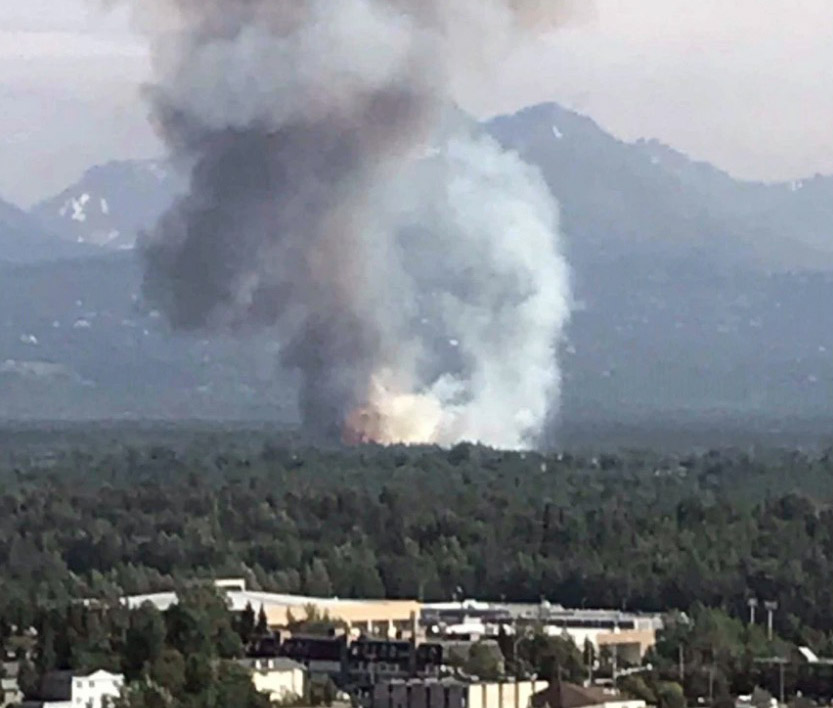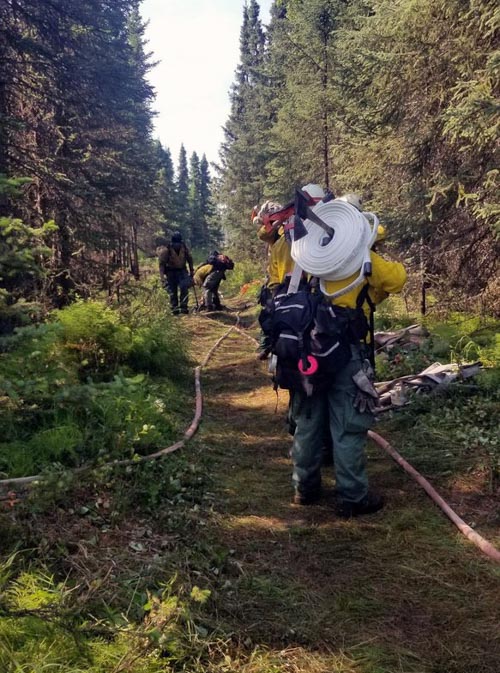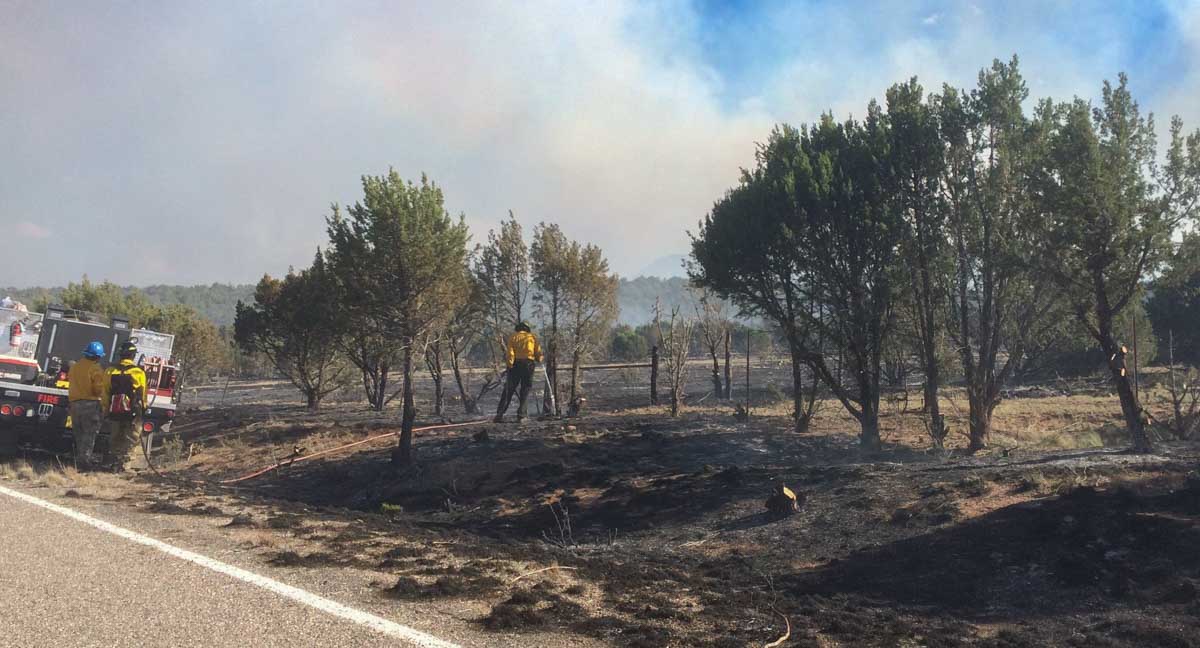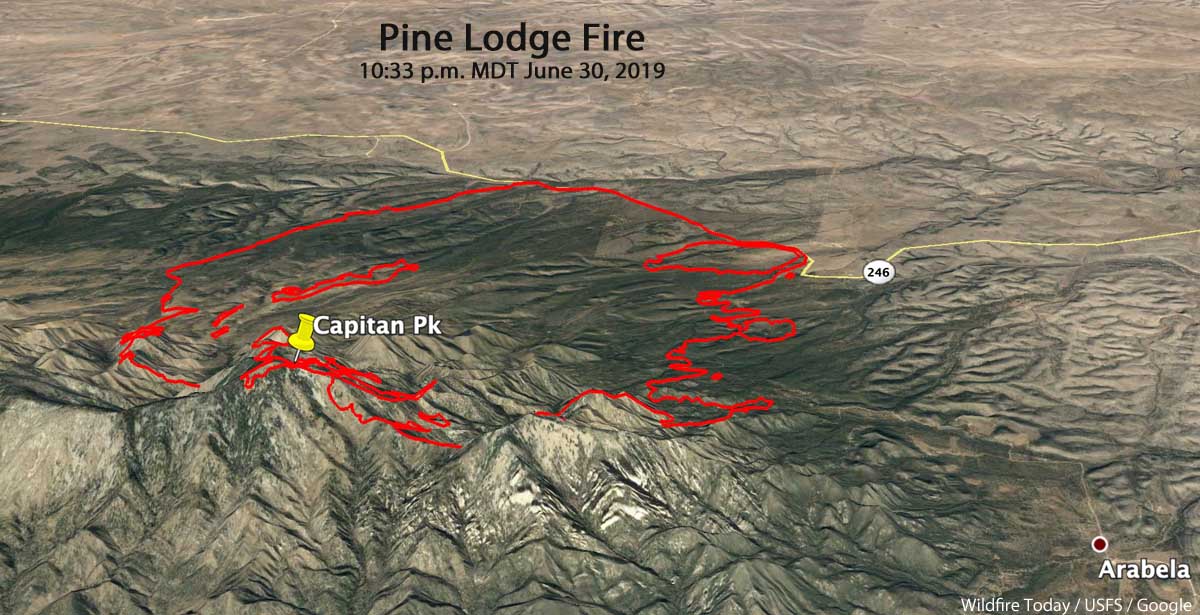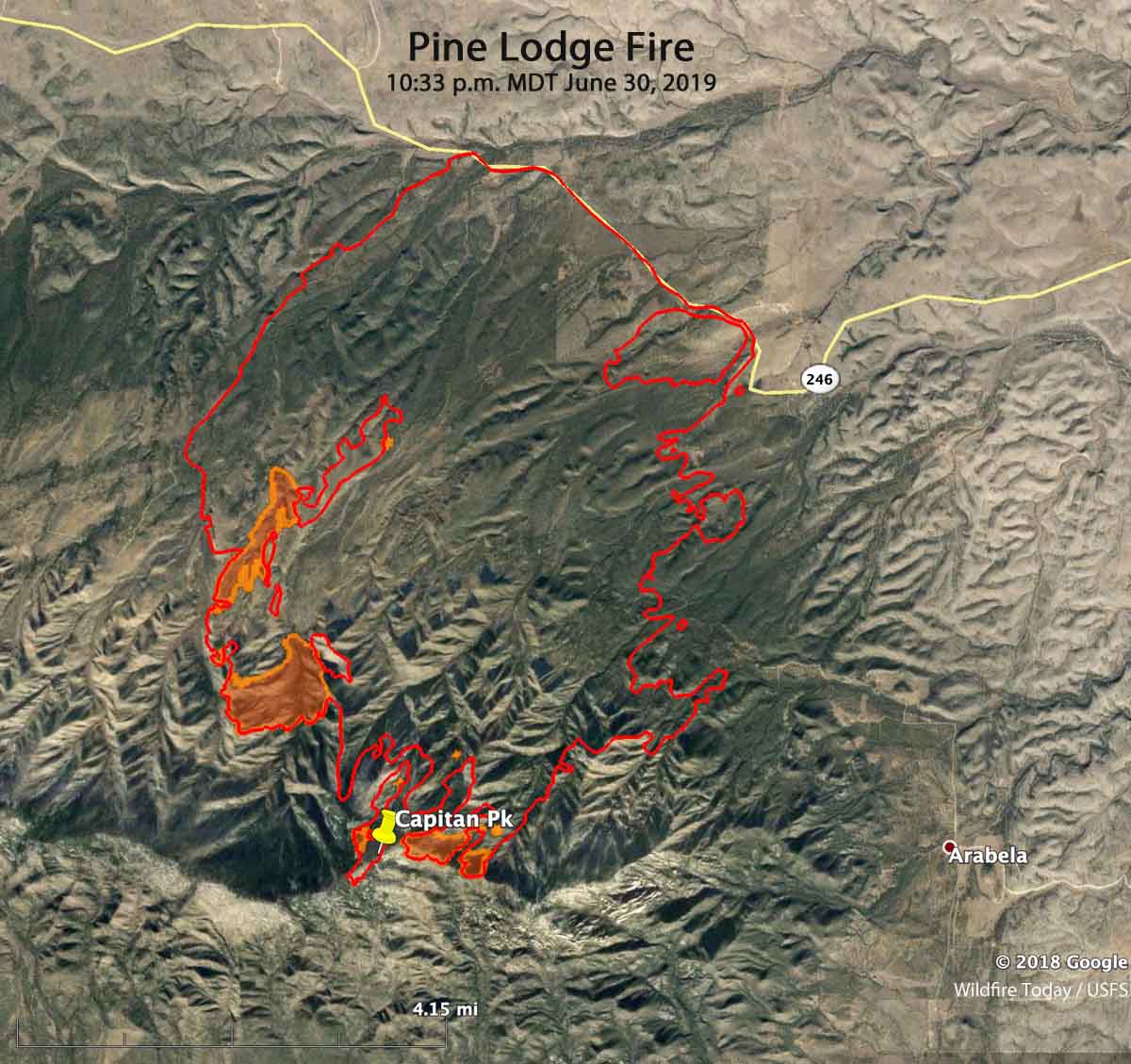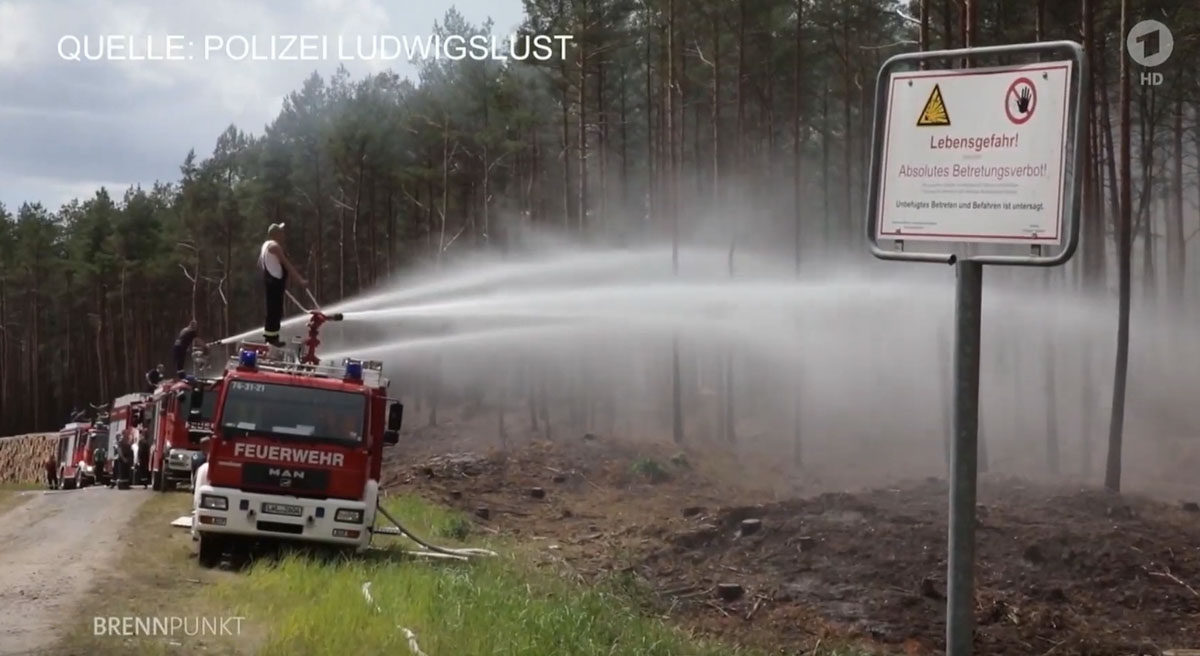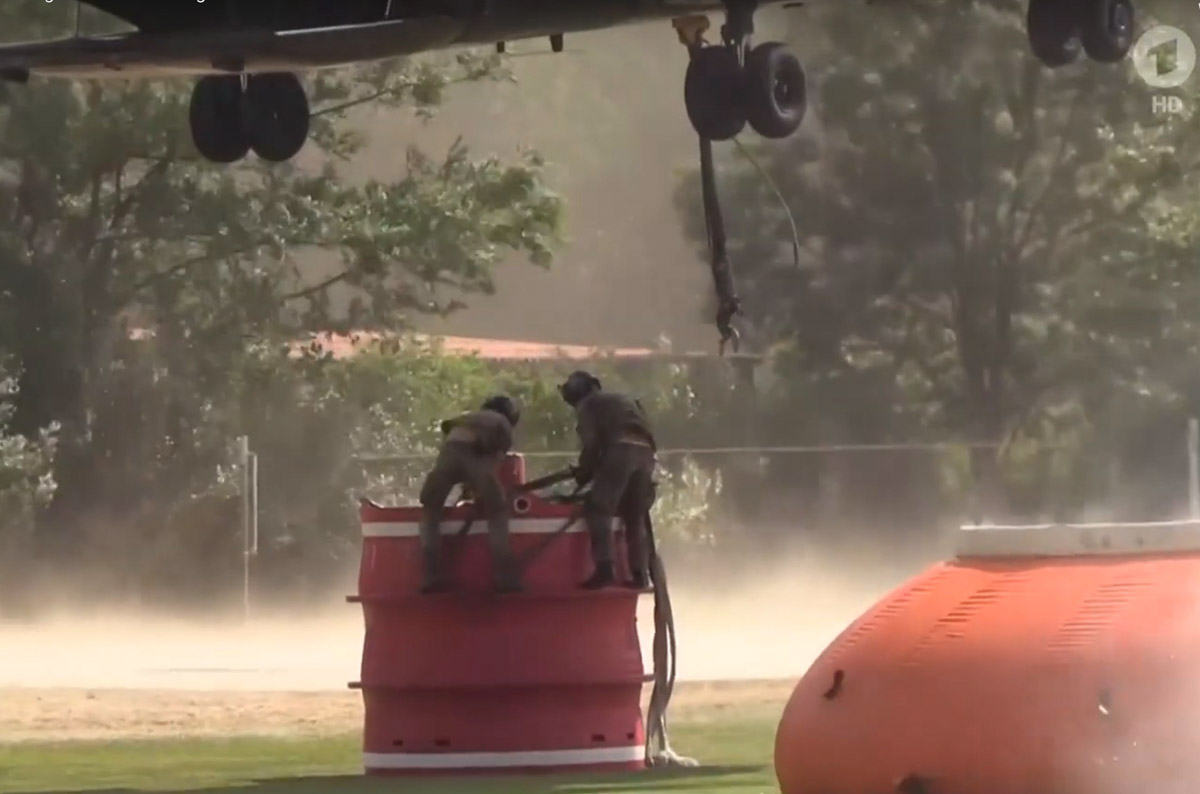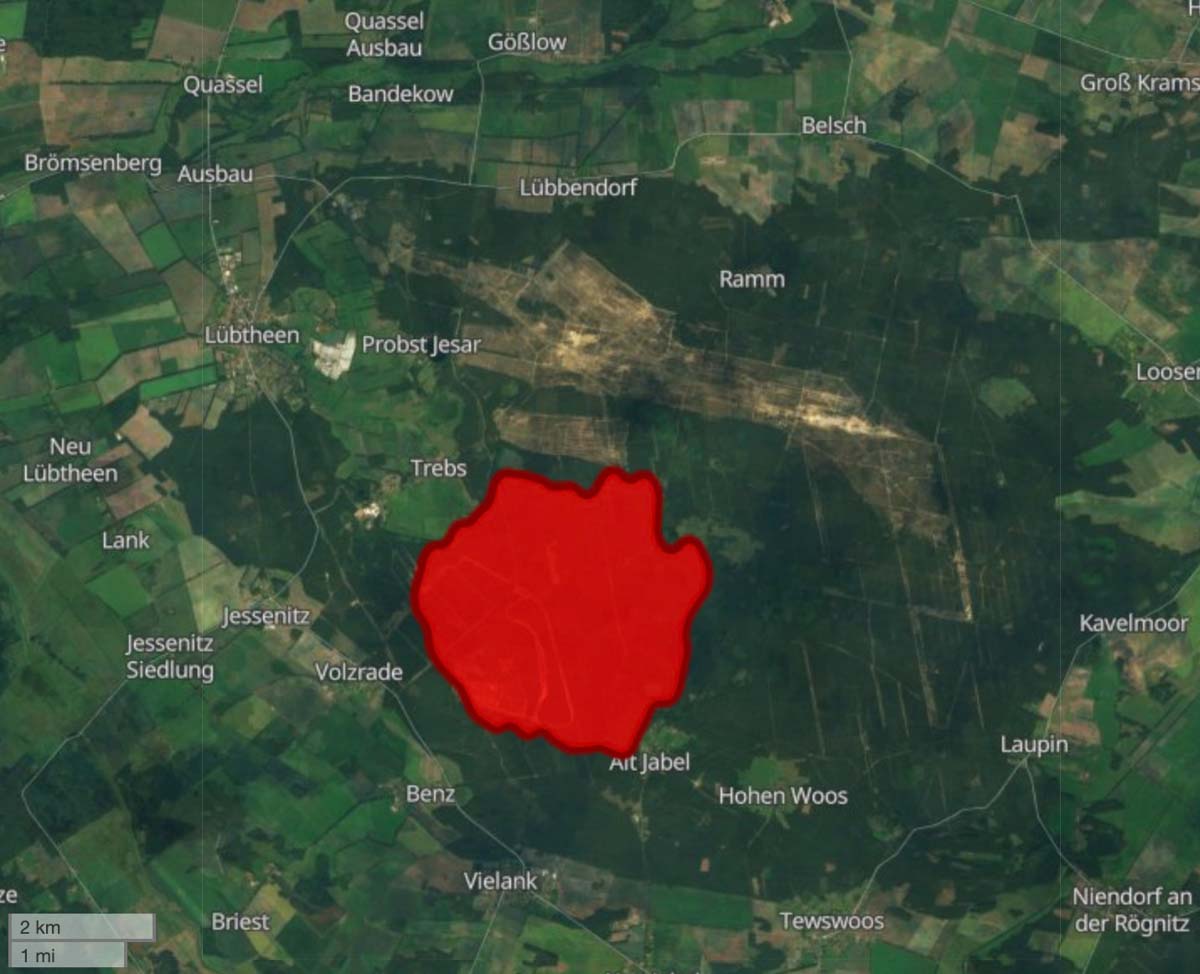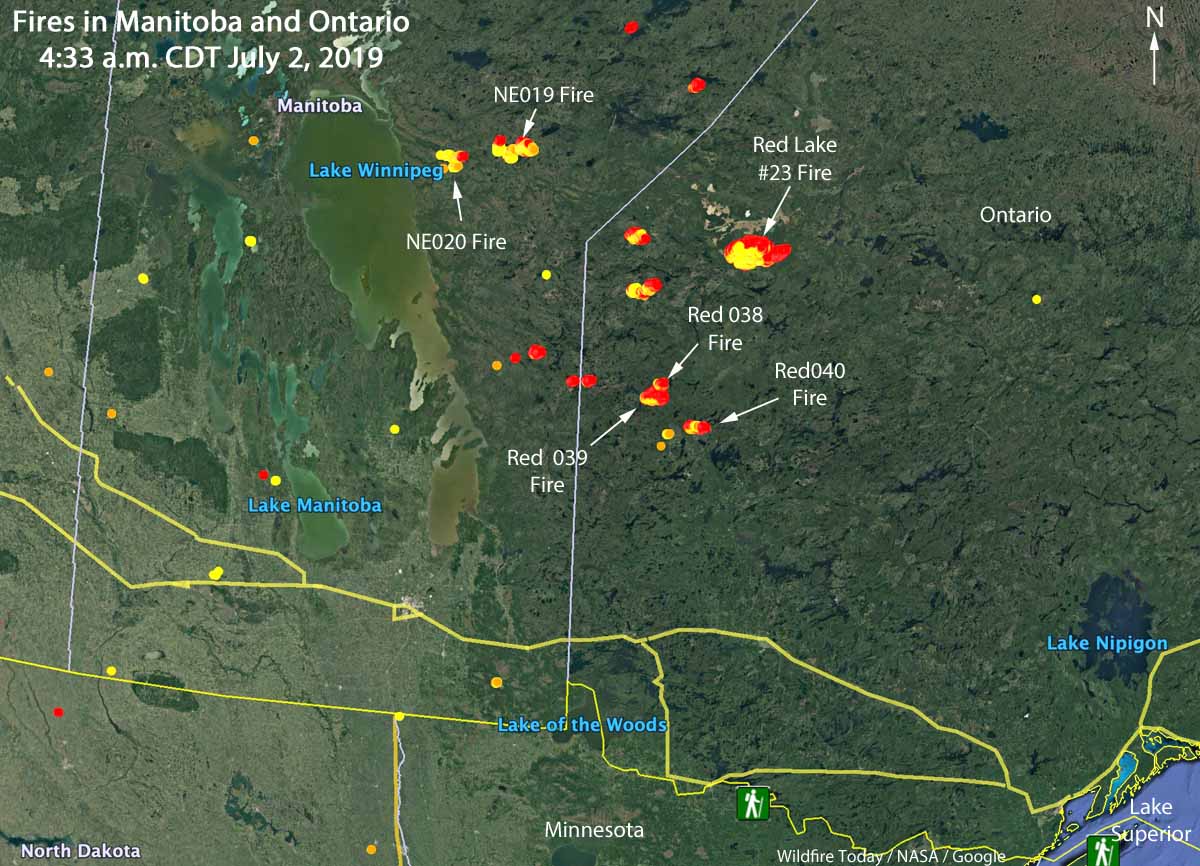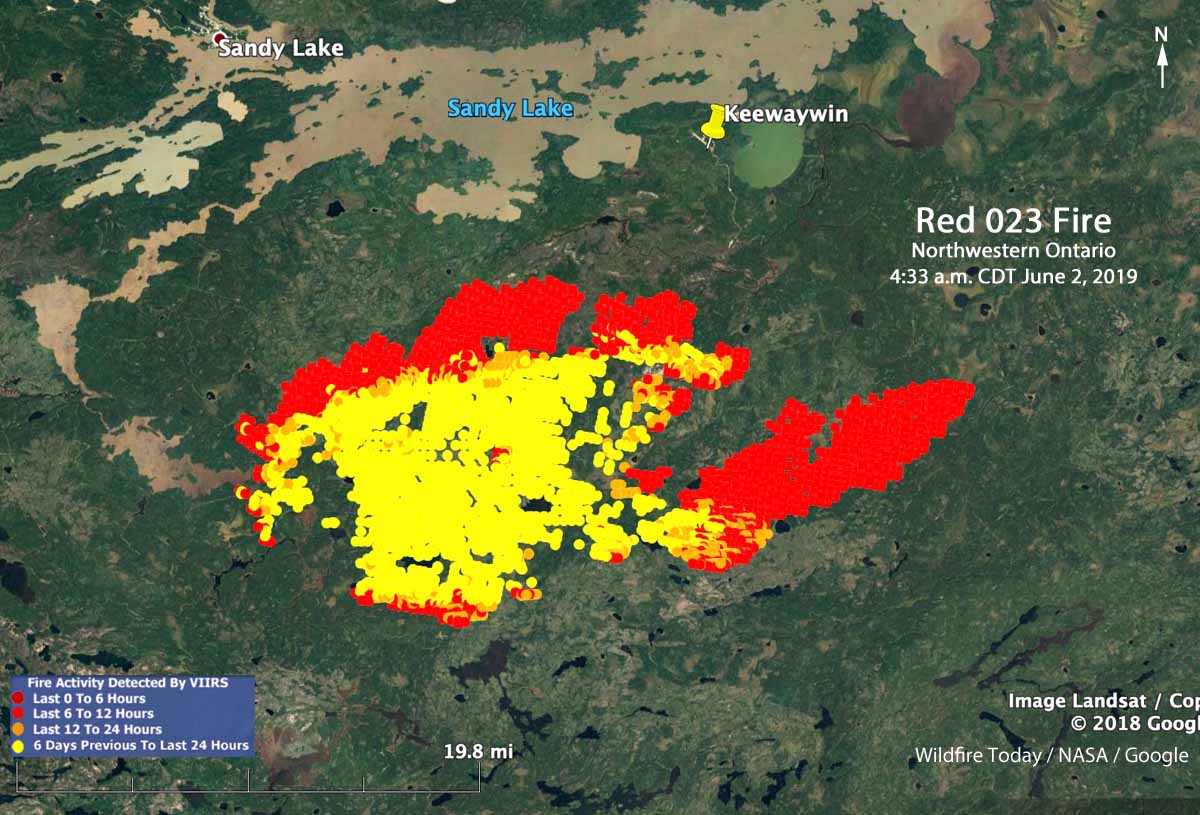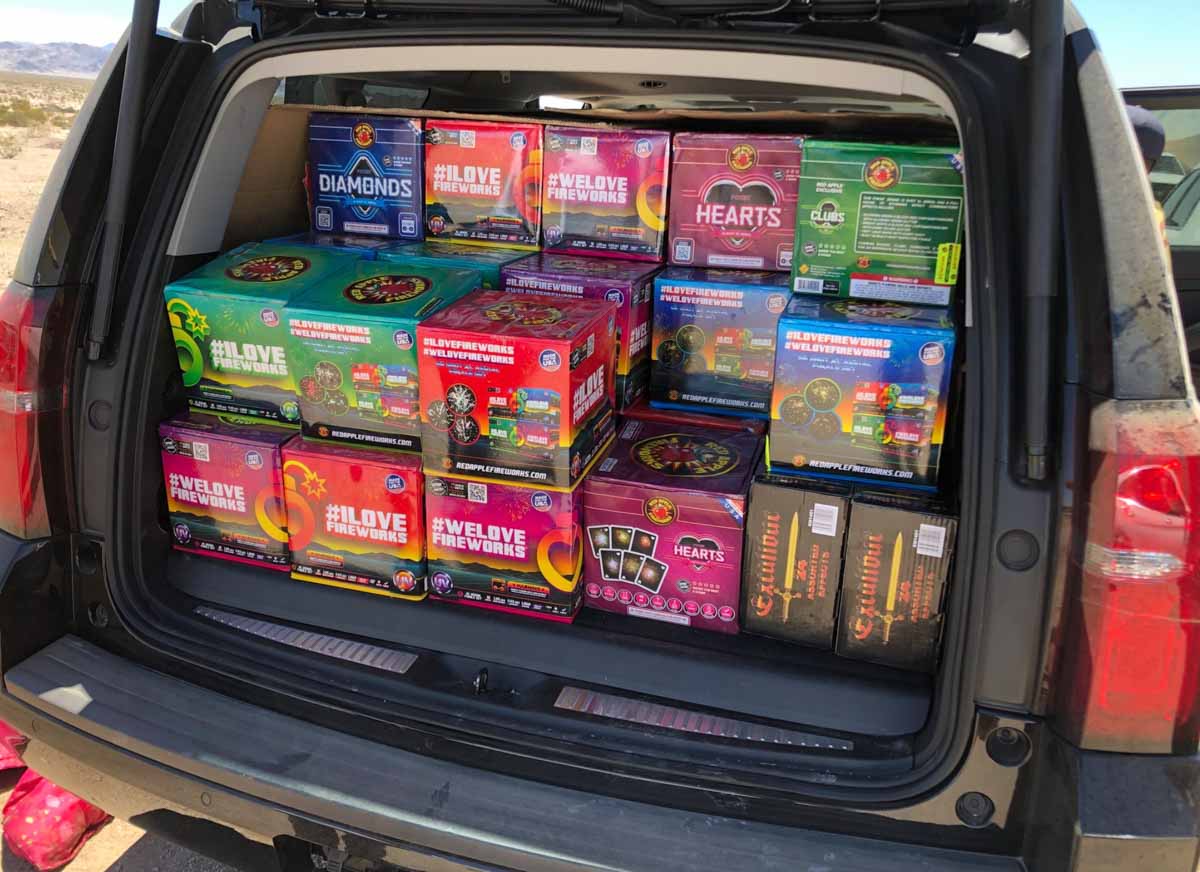
Recently four agencies in Southern California worked together to seize 125,124 pounds of illegal fireworks in San Bernardino County. The officers involved were from CAL FIRE, State Fire Marshall’s Office, San Bernardino County District Attorney’s Office, and Redlands Fire Department.
“Every pound of illegal fireworks confiscated potentially reduces fire starts as well as injuries and death caused by their use”, stated Glenn Barley, Unit Chief of the CAL FIRE San Bernardino Unit.
It is illegal in California to transport, possess, use or store fireworks in areas that do not allow use. Safe and sane fireworks are only approved in certain jurisdictions and must remain in the community where they are purchased.
According to the NFPA, fireworks start an average of 18,500 fires per year in the United States, including 1,300 structure fires, 300 vehicle fires, and 16,900 vegetation and other fires.
In 2017, U.S. hospital emergency rooms treated an estimated 12,900 people for fireworks-related injuries; 54% of those injuries were to the extremities and 36% were to the head. Children younger than 15 years of age accounted for more than one-third (36%) of the estimated 2017 injuries. These injury estimates were obtained or derived from the Consumer Product Safety Commission’s 2015 Fireworks Annual Report by Yongling Tu.
